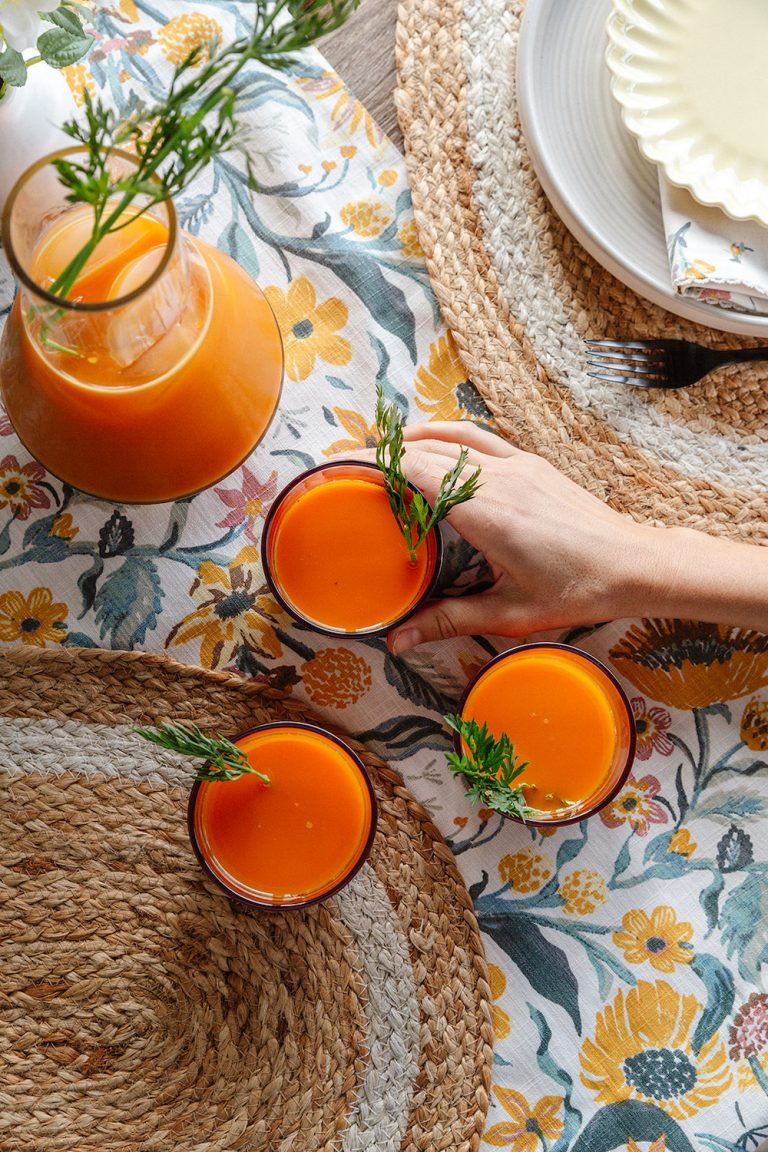Innovation in Glassblowing Techniques: Geissler, known for his expertise in glassblowing, invented the mercury vacuum pump, a crucial advancement in creating vacuum-sealed glass vessels. This innovation enabled the production of glass baubles by creating a vacuum inside hollow glass spheres, making them sturdy and less prone to breaking.
The Advent of Glass Ornaments: Before Geissler’s advancements, Christmas decorations were primarily natural materials like fruits, nuts, or candles. The use of fragile, hand-blown glass baubles became widespread in the 19th century, largely due to the availability of vacuum-sealed glass containers made possible by Geissler’s technology.
Chemistry of Glass Composition: Glass ornaments are typically made from a mixture of silica (sand), soda ash, and lime heated at high temperatures. Various metal oxides are added to the mix to create different colors. For instance, cobalt oxide produces blue, chromium oxide yields green, and gold chloride results in a vibrant red hue.
Blowing and Shaping Glass Ornaments: Glass artisans use a technique called glassblowing to create baubles. A hollow glass tube is heated until it becomes malleable, then air is blown into it to create a hollow sphere. The glass is shaped using molds, tools, or hand manipulation to form the desired ornament design.
Decoration and Finishing: Once the glass baubles are shaped, they can be decorated with various techniques. They might be painted, coated with metallic or glittery finishes, or adorned with intricate designs using specialized tools, such as glass etching or silk screening.
Evolution of Ornament Styles: Over time, the production of Christmas baubles has evolved, incorporating new designs, colors, and patterns to suit changing tastes and trends. Modern techniques, including automated manufacturing processes and computer-assisted design, have streamlined production while allowing for greater design diversity.
Heinrich Geissler’s contributions to vacuum technology and glassblowing techniques revolutionized the production of glass ornaments, making Christmas baubles more durable, affordable, and widely accessible. The chemistry behind the composition of glass, combined with the artistry of glassblowing and decorative techniques, has transformed these ornaments into cherished symbols of holiday traditions around the world.
While Geissler himself might not have specifically created Christmas baubles, his innovations in glass technology laid the foundation for their mass production and popularity, contributing significantly to the festive aesthetics and joy associated with holiday celebrations.



